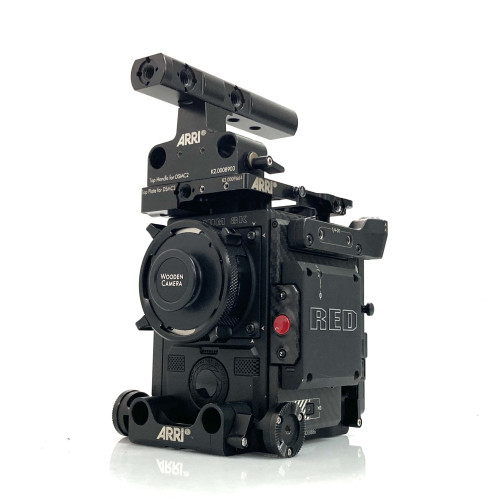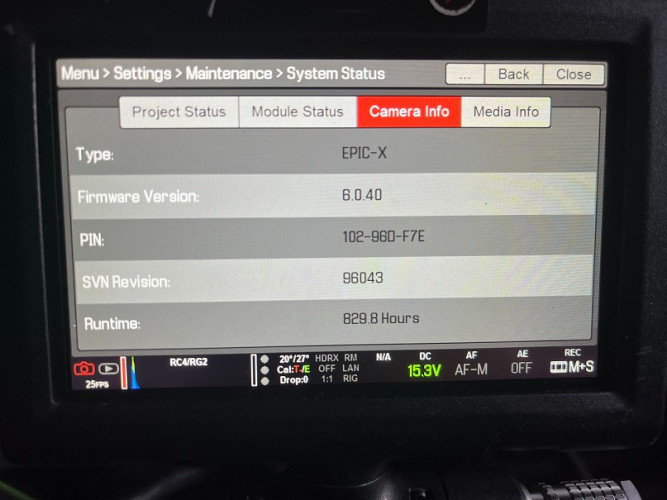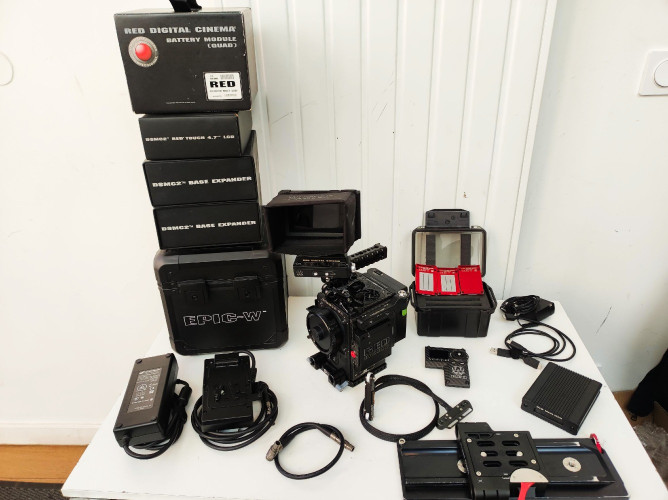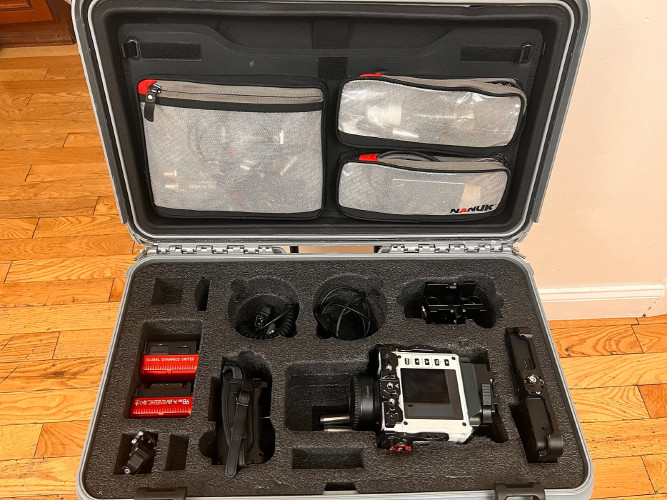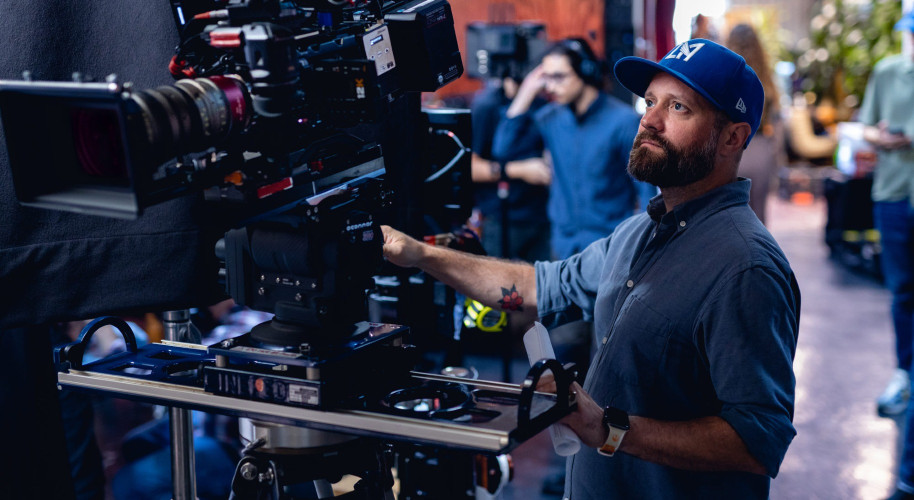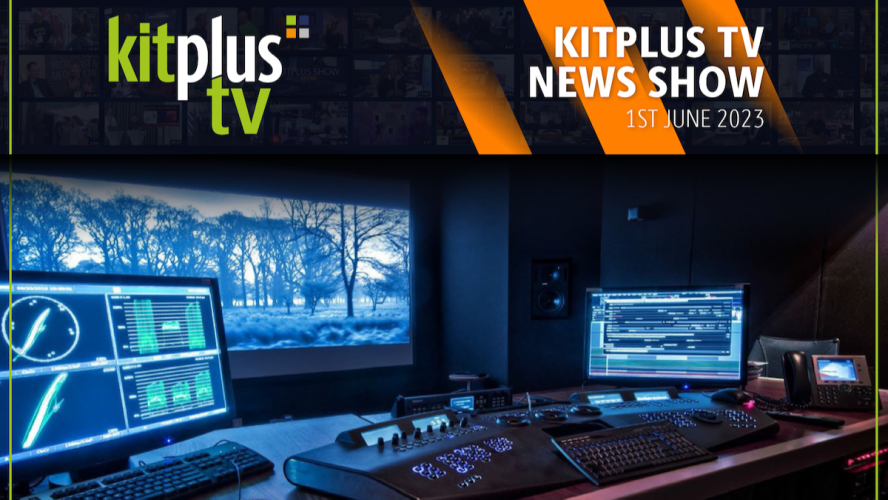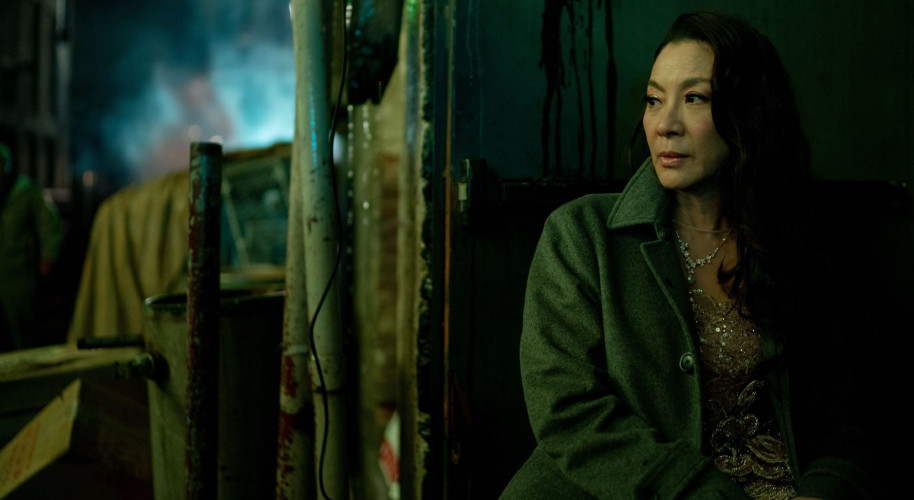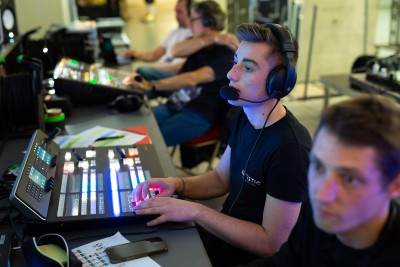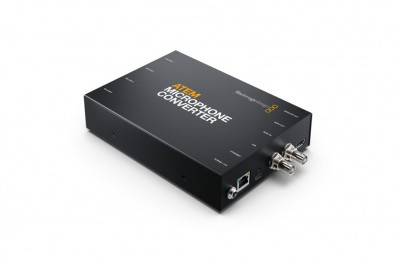New One Shot Music Video from Scott Bradlee and Postmodern Jukebox Captured with URSA Mini Pro
Author: Blackmagic design
Published: 26 February 2018
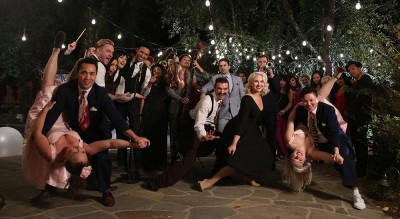
Blackmagic Design today announced that DP Clint Byrne shot the music video for Postmodern Jukebox’s “Don’t Stop Believin’” rendition using a Blackmagic URSA Mini Pro digital film camera and Video Assist 4K monitor and recorder. Byrne captured the entire music video in one shot, following the musicians around a crowded house as a party unfolds around them.
Scott Bradlee’s Postmodern Jukebox (PMJ) is a rotating music collective that puts pop music in a time-machine, reworking modern music and classic hits into different vintage genres. Originally founded by pianist Scott Bradlee in New York City, the band has featured more than 70 different performers and has toured five continents. The viral juggernaut has amassed more than 900 million views on YouTube alone, with more than 3.1 million subscribers and more than 1.3 million followers on Facebook.
The concept for the music video came from Bradlee and Director Abraham Roofeh. “Postmodern Jukebox is known for having impressive one take live recordings that showcase the band performing in one space. We wanted to try a different spin on that idea by keeping things as one take, but while on the move,” Roofeh explained. “‘Don’t Stop Believin’ embodies hope while struggling, so we wanted to juxtapose two worlds in the video, setting it during a lavish party but following the staff instead of the partygoers. We start by focusing on the band so it looks like one of their normal videos, but then it’s hijacked by a singing server walking by and we’re taken on a wild ride throughout the space, weaving around the house and letting the story unfold.”
With the music video taking place throughout multiple rooms of the party, as well as outside, careful choreography was needed for both the band and the crew. “With all of the action and shooting happening in one take, we had to carefully prepare and choreograph everyone’s movements so we could smoothly transition around the house. This not only included people, but also doors opening, props moving, lights turning on and off so they wouldn’t drop shadows — basically every tiny detail had to be choreographed so things would go smoothly and safely while shooting,” said Roofeh.
“We selected an URSA Mini Pro for the shoot because it produces a very organic image that we felt really lent itself well to an analog sounding band like Postmodern Jukebox. We wanted to create an old Hollywood feel for the music video that fit the style of the band. Since the URSA Mini Pro has a swappable lens mount, we were able to use PL mount vintage uncoated lenses that gave an interesting flare which added another element to the movement,” said Byrne. “I used one of the camera’s built-in ND filters to give me more room to open the lens up to a T2.2 without adding a matte box or more weight, which helped us keep a small footprint as we moved around the singers and dancers.”
During the music video, the crew had to shoot while moving between seven rooms and around approximately 40 musicians, actors and dancers.
“We needed a camera that was lightweight enough that I could easily manoeuvre it,” continued Byrne. “We shot on location in a house that was huge but that had very tight doorways that we needed to seamlessly travel through while filming. The URSA Mini Pro’s compact size allowed me to fit through those tight areas and the lightweight body allowed me to do seventeen takes without getting too tired.”
Byrne paired the URSA Mini Pro with a Video Assist 4K that was used as a monitor and to record proxies. “With so much happening in the video, it took seventeen takes for us to get it exactly how we wanted it in one shot. We used the Video Assist 4K to run playback between takes that the talent would all watch together so we could see what we needed to tweak for the next take,” explained Byrne.
Since the crew only had one shot to get everything right, they found the camera’s reliability to be paramount.
“From working with the URSA Mini Pro on previous projects, Roofeh and I knew it would be the reliable workhorse we needed. Due to the style of the shoot, we didn’t have any wiggle room for technical issues with the camera, and it never let us down,” said Byrne. “Its dynamic range was also very important due to the lighting shifting as we transitioned between rooms and indoor to outdoor. The shots never felt too dark or too bright, and I felt detail in every shot.
“We initially had a backup plan of using cut points which we had inserted in the choreography but in the end, we didn’t need to use them. Once we started shooting and saw everything in motion, we realized that it would be possible to do it as a real one take and that we could achieve our goal. We couldn’t be happier with the end result,” Byrne concluded.
To view the music video, please visit: https://youtu.be/UngXu2zwF9E.
For more information about Postmodern Jukebox, please visit: www.postmodernjukebox.com.



